Digital products can’t be touched or tasted, but you’ve used them before and they’re growing in popularity and possibilities all the time. Thanks to their popularity and ease of distribution, plenty of entrepreneurs center their entire businesses around digital goods and services. Selling digital products is an especially good fit for designers, bloggers, musicians, educators, and other creatives. But how do you get started? Read on to find out!
What are Digital Products?
A digital product is an item that can be sold and distributed online without the need for physical inventory. These products typically come in digital files that can be downloaded or streamed. Some broad examples include
- MP3s
- PDFs
- Videos
- Plugins
- Templates

7 Benefits of Selling Digital Products
-
Save Time
Selling digital products takes away the need for sourcing and managing inventory, shipping, and logistics. This gives you more time to focus on creating.
-
Save Money
Similarly, the inventory and logistic management for physical products costs money that you can avoid altogether by selling digital products.
-
Scalability
Due to the easy distribution and lack of need to replenish inventory, digital products are infinitely scalable. Just keep in mind that as your business grows you'll need to hire employees for customer service and as your website traffic grows you’ll need to upgrade it.
-
High Profit Margins
Since it costs so little to create and distribute digital products, the profit margins can be much higher than they are for physical products.
-
Automation Potential
Digital product delivery can be automated much more easily than most physical products. It can even get to the point of passive income.
-
Flexibility
A digital product business has a lot of room for flexibility. You can create new products and change the way you sell existing products whenever you want. For example, you could give a digital product away as an incentive for joining your email list or bundle your products in a monthly subscription.
-
Opportunity
Digital products are a growing business model that’s showing no signs of slowing down. This is especially true with e-learning materials ever since the start of the pandemic.
![]()
The Drawbacks to Selling Digital Products
Of course, every business model has its risks. Here are the ones you should keep in mind before you start
Competition
With digital goods, you’re competing with free alternatives in a way that physical goods don’t. How much of a threat this is will depend on the types of digital products you sell and your target audience. In order to compete, it’s important to deliver a high quality product and market it effectively.
Piracy and Theft
Sellers of digital goods are more vulnerable to theft than sellers of physical goods. Fortunately, there are precautions you can take to protect your goods.
Restrictions
Not every online marketplace permits the sale of digital products. For example, marketplaces on social media platforms like Facebook and Instagram only allow the sale of physical products.
![]()
The Best Digital Products to Sell Online
Educational Products
Creating and selling online courses, tutorials, and webinars is a great way to share your knowledge and make money off of it. You don’t even have to be a teacher to create them. Anything you have a lot of knowledge about that other people want to learn can be an online course. A few examples are:
- Sewing
- Yoga and meditation classes
- Music lessons
- Dance classes
- Juggling
- Resumes and Job search
- Professional development
- Arts and Crafts
- Photography
- Copywriting
- Graphic Design

Ebooks
Similarly, even if you’re not a big-time author, you can self-publish ebooks on topics including but not limited to:
- Crafts
- Fitness
- CookBooks
- DIYs
- Career and Finance
- Fiction

Membership Sites
The subscription model has taken hold of a wide variety of industries. This is a great approach to selling digital products if you plan to cultivate a growing library of premium content and a community of members who use and love them. Sometimes paid digital subscriptions can even let you monetize your existing content marketing efforts.
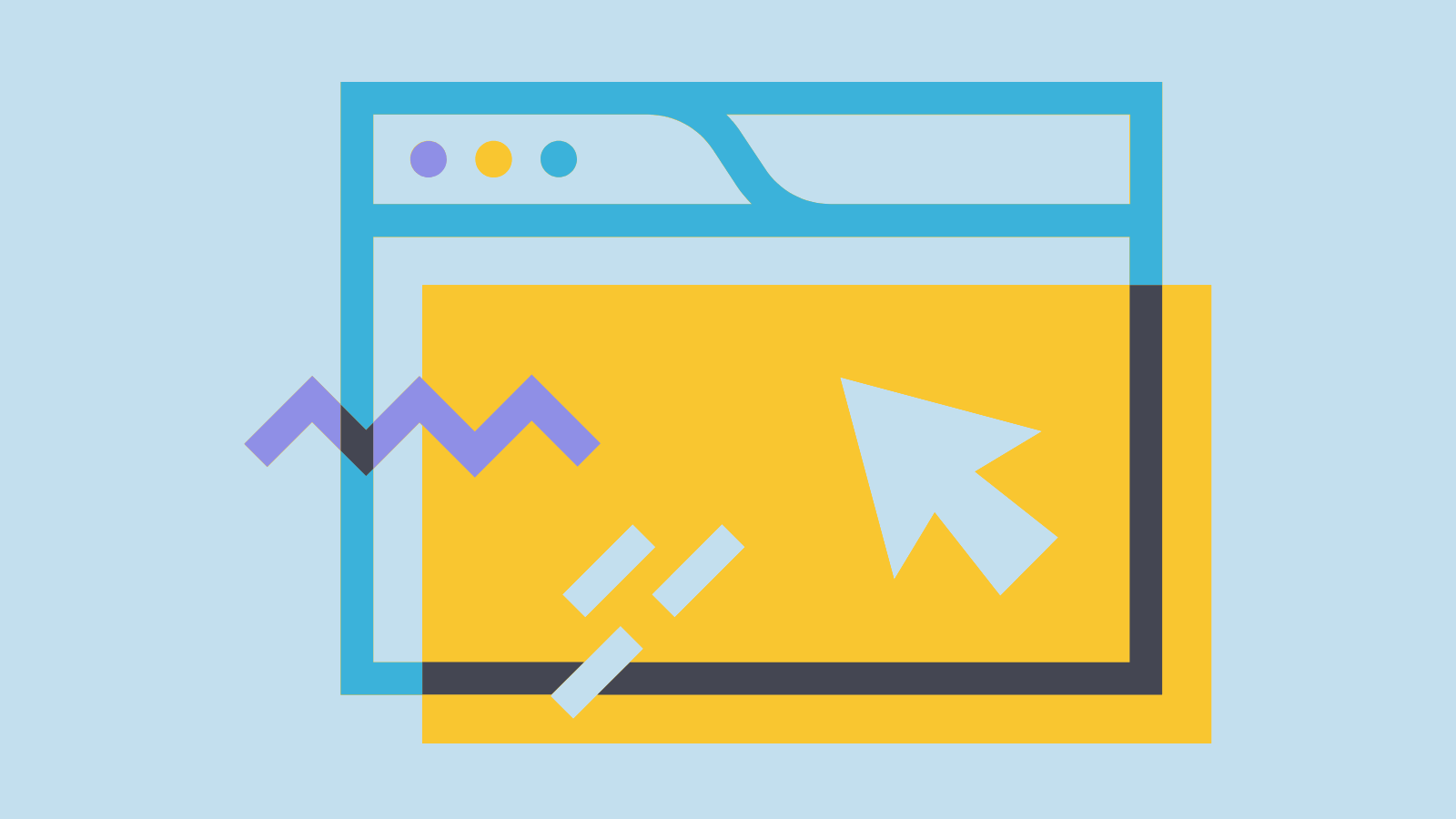
Digital Templates and Tools
Thank god for templates. They save professionals of all kinds time and effort by allowing them to plug and chug. Here are a few ideas of digital templates and tools you can sell:
- Digital marketing strategy
- Resumes
- Mobile apps
- Graphic design for brochures, flyers, posters, etc.
- Adobe Photoshop filters and plugins
- Icons, fonts, or UX Kits for web designers
- Graphic design templates for print materials, websites, or social media posts
- Plugins, presets, overlays, and filters for video and image editing software programs
- Email scripts and templates
- Business planning
- Spreadsheet templates
- Google Data Studio Analytics templates
- Business contracts
- Canva templates
- Website themes
- DIY home project blueprints
- Powerpoint presentations
- Printables
- Lesson plans
- Gift tags
- Workbooks
- Planners
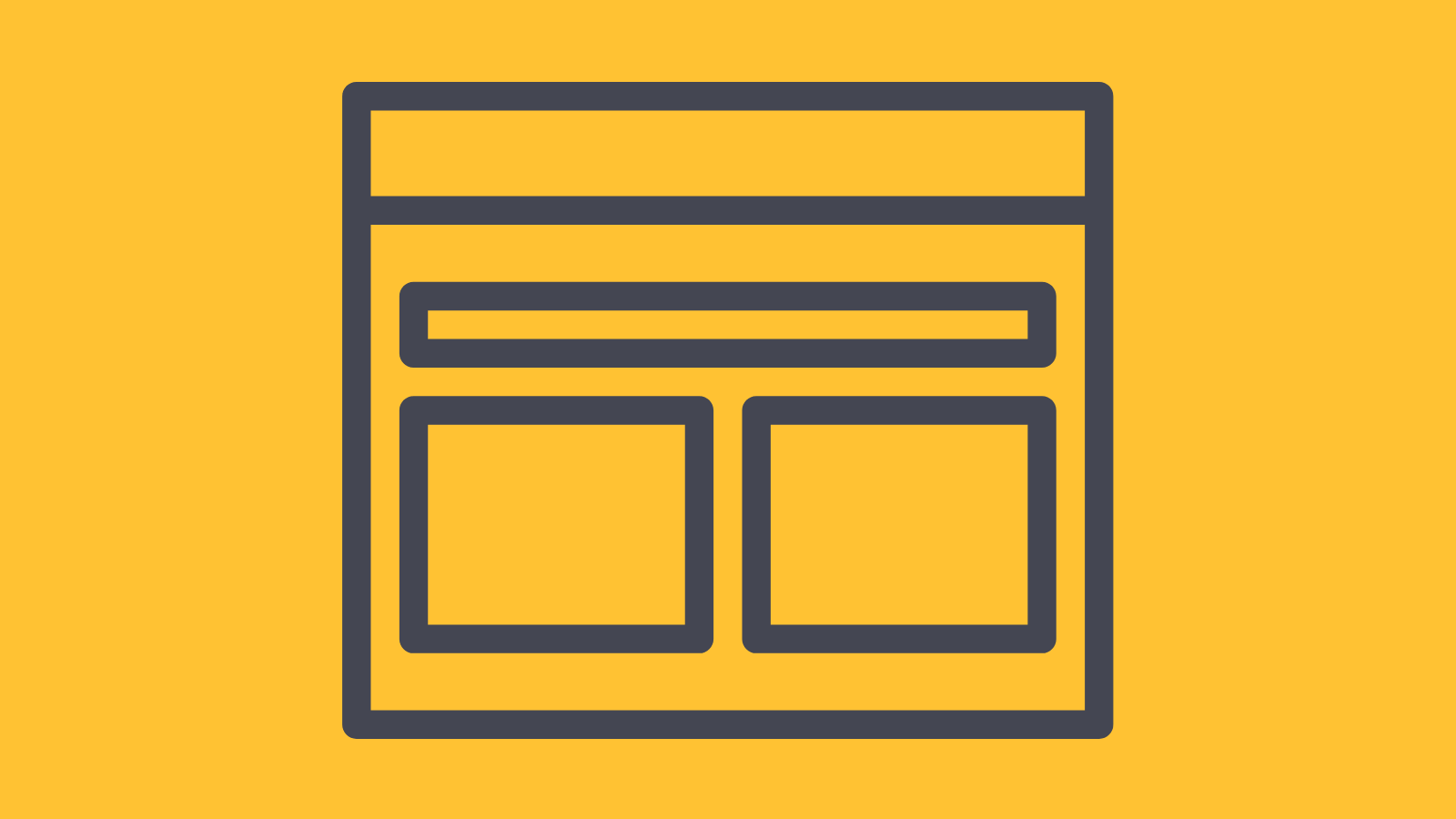
Music and Audio
Creating downloadable music and other audio content that other people can purchase to use is a great way to monetize your talents and build your audience even if you haven’t quit your day job. Some examples of audio products you can sell include:
- Loops and samples
- Sound effects
- Plugins for music software
- Stock music
- Podcasts

Art and Design
Selling visual art as digital products can keep you from being a starving artist. Get creative with:
- Printables
- Digital Art
- Illustrations
- Fonts
- Graphics
- Infographics
- Wallpapers
- Stock Photos
- Video Games

Saas Products
Software as a service (SaaS) is a method of delivering applications over the internet instead of storing them locally on devices. It’s a hot practice in many industries. Saas products typically carry out a task related to marketing or business administration. Some examples include:
- Email marketing applications
- Contact management
- Project management
- File storage
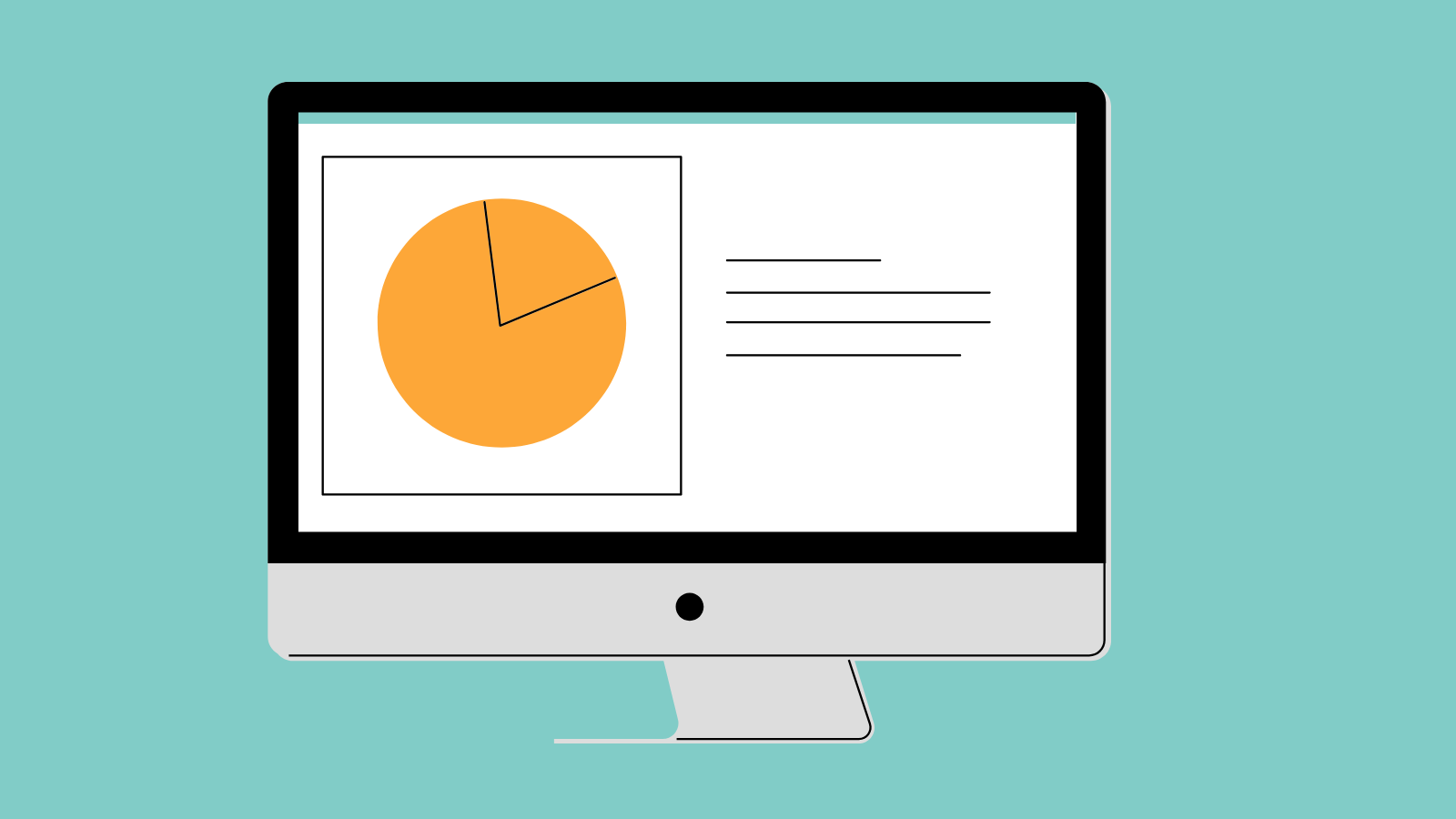
Services
Services pair well with several types of digital products because with services, your “inventory” is limited to the number of hours you can work. Many digital products are the result of hiring someone for a service. For example, if the service is logo design, the product is the logo. You could lean into this by offering a service as part of a package with your digital products.
For example, you could offer a consultation for a fee and upsell your customers on the other products and services you provide. Similarly, you could offer a free downloadable product in exchange for signing up for your email marketing list. This is a popular tactic for many online businesses.
 How to Create Digital Products
How to Create Digital Products
You may already have a great idea for a digital product to sell. However, continued business success can’t wait for inspiration to strike. Follow these steps to create the best digital content to sell:
1. Brainstorming
First, write down any idea you have, even if you’re not sure it’s good. A bad idea at first could become a good idea after you develop it a little more. Here are a few questions to ask yourself as you come up with ideas for digital products to sell online:
- Can you teach customers how to use it?
- What pain points in your industry can your products help solve?
- What are the values you’ve built your business on?
- What are topics related to them?
- How can you bring your community of customers together?
![]()
2. Research
Next, do some research about your customer base and their goals and pain points. The most successful products, digital and physical alike, appeal to pain points your customers have and topics they get excited about. Here are some places to look:
- Facebook groups
- Industry forums
- Product reviews
- Blog posts and comments
- Emails from customers

3. Validation
Before you commit to selling a particular product, you want to make sure it’s a good idea. Here are some ways you can do that before you roll out your products:
- Keyword research
- Google Trends
- Ask for feedback
It’s always a good idea to start your ecommerce store with a small number of products and grow as time goes on and you learn from your strengths and weaknesses.
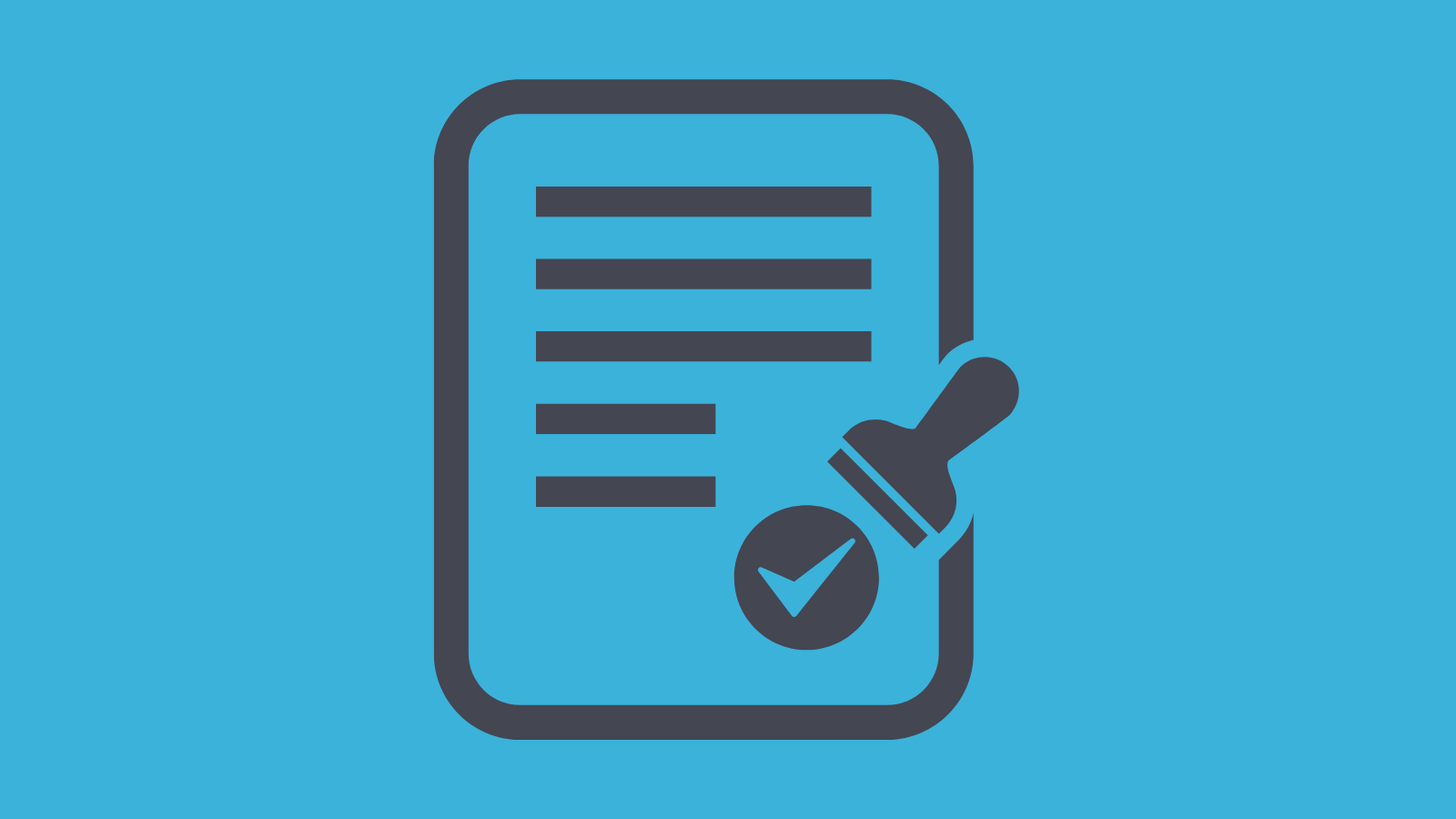
4. Create an online store
Selling on ecommerce platforms like Amazon, Shopify, and Etsy is all well and good, but there are benefits to creating your own website for your ecommerce store. It will add legitimacy to your business, lessen your reliance on sometimes unreliable selling platforms, and give you more control over your business. With a good website builder, it doesn’t have to be as hard as it sounds.
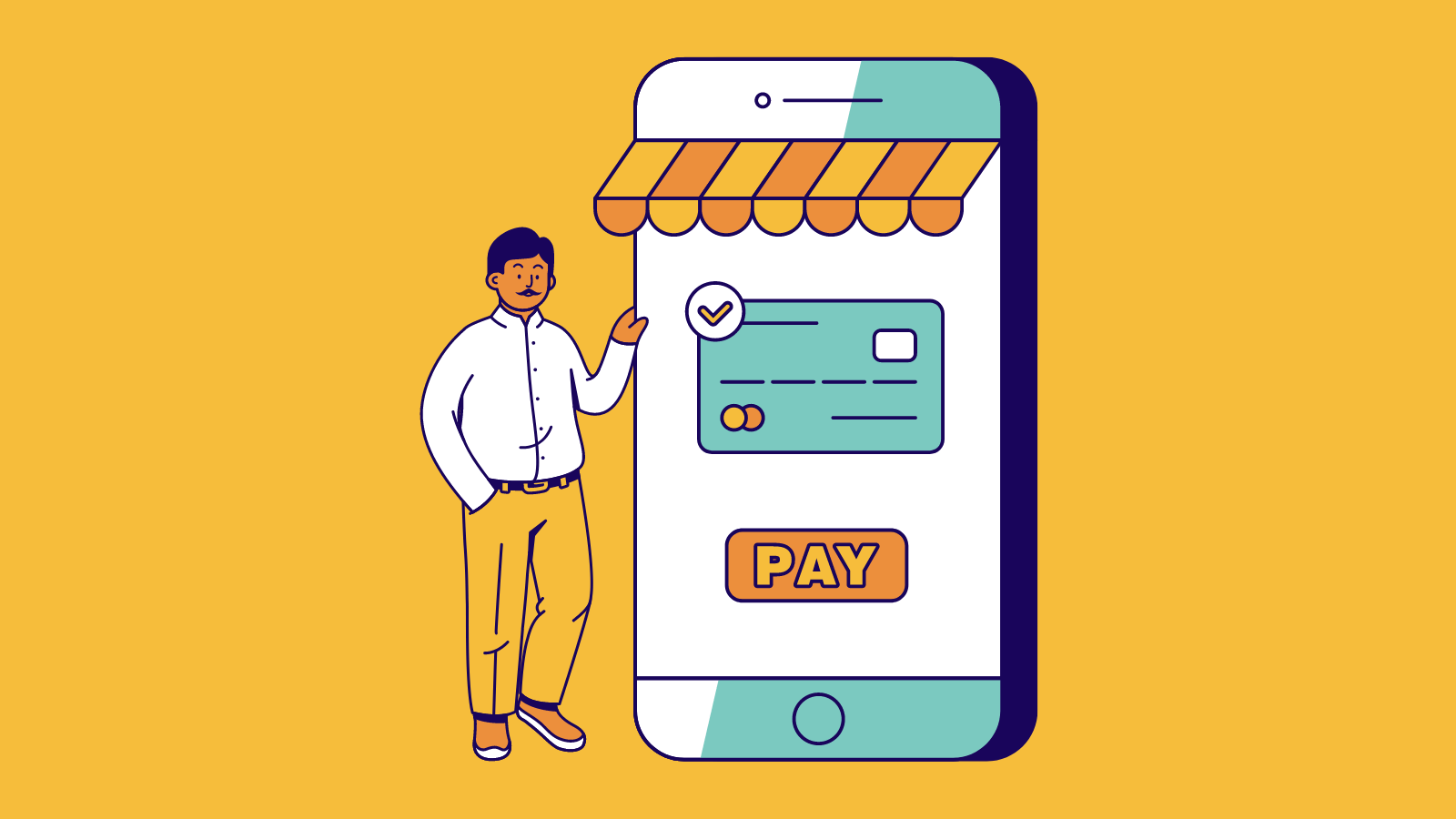
5. Promote Your Online Store
Now it’s time to get some eyeballs on your online store. You can’t sell digital products online if no one knows about them, no matter how cool they are. Here are some ways to reach potential customers online without breaking the bank.
- Drive traffic with search engine optimization (SEO)
- Use landing pages
- Grow a presence on social media platforms
- Create an affiliate program
- Offer Discounts and Coupons
- Consider Influencer Marketing
- Use Email Marketing
- Invest in Marketing Tools
How Sav Can Help
If you’re selling digital products online, online is the primary place you need to succeed. That starts with a beautiful website and a custom domain. Start building with our website builder to find out more!
Newsletter
Popular
Top Articles
Recommended articles
How to Make a Media Kit
What is a Media Kit? A media kit, also known as a press kit, is a document that businesses give to journalists and media outlets before an...
Read moreWhat is Brand Voice? [And How to Create One]
What is Brand Voice? A brand voice is the unique personality a brand takes on in all of its communication channels. And it’s not just about...
Read moreA Beginner's Guide to the Product Development Process
What is Product Development? Product development is the process of creating a new product or updating an existing product from idea to...
Read more




